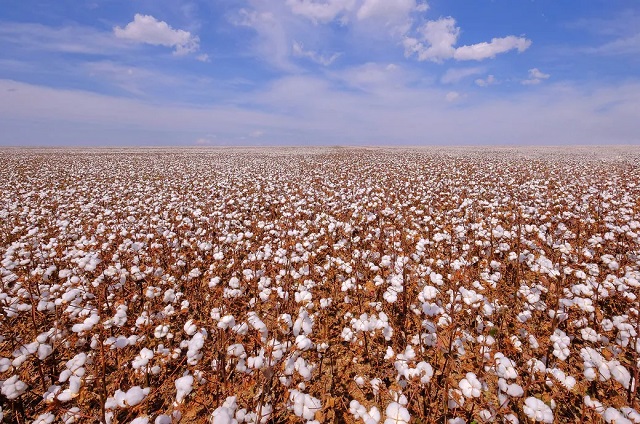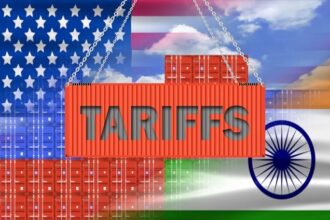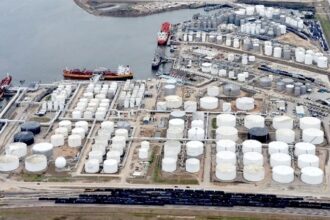Brazil has consolidated its position as the world’s leading cotton exporter, combining record output with a strong sustainability narrative that is drawing increasing attention from global brands.
According to Cotton Brazil, the country now operates 177 active ginning units, many located directly on farms—a distinctive feature that improves efficiency and reduces logistics costs. These facilities separate lint from seed, clean impurities, and prepare bales for export, while also channeling cottonseed into fertilizer, animal feed, and energy production.
In the 2023–24 harvest, Brazil produced more than 3.7 million tonnes of cotton, surpassing traditional leaders and establishing itself as the top supplier to international markets. By January 2025 alone, exports reached 415,600 tonnes—a 66% increase year-on-year and the largest monthly shipment in history.
Sustainability remains central to this growth. The Responsible Brazilian Cotton (ABR) program, aligned with the Better Cotton Initiative, now covers more than 83% of national output, ensuring socio-environmental certification across the majority of farms. Producers are also required to preserve at least 20% of farmland as native vegetation, a figure that rises in ecologically sensitive states such as Mato Grosso.
Also Read: U.S. Upland Cotton Sales Start 2025–26 Season at 109,300 Bales
“From the field to the bale, every detail matters,” said Cotton Brazil in a recent statement, highlighting how technology and precision are reshaping ginning operations. Modern machinery demands constant calibration and maintenance, while certification programs reinforce Brazil’s positioning as a reliable and responsible supplier.
The industry’s momentum comes at a time when global retailers are under increasing scrutiny for supply chain transparency. Recent investigations linking cotton sourcing to deforestation in the Cerrado biome have underscored the importance of certified programs like ABR. For fashion and textile brands, Brazil offers both scale and credibility in fiber sourcing—a critical combination as consumer and regulatory pressures mount.
Also Read: Cotton Incorporated Launches Plastic Pollution Awareness Hub
Looking ahead, analysts project Brazil’s cotton market will nearly double by 2033, reaching over 7 million tonnes, supported by investment in technology, sustainability, and export infrastructure. For international buyers, the country’s rapid rise signals not only a shift in supply dynamics but also an opportunity to align with a supplier actively promoting responsible practices.


